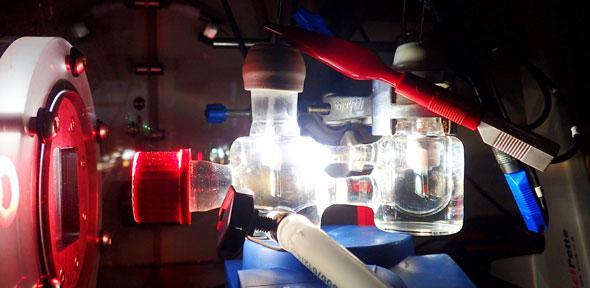
The quest to find new ways to harness solar power has taken a step forward after researchers successfully split water into hydrogen and oxygen by altering the photosynthetic machinery in plants. A new study, led by Katarzyna Sokół, in Professor Erwin Reisner group at the University of Cambridge, used semi-artificial photosynthesis to explore new ways to produce and store solar energy. Natural sunlight to convert water into hydrogen and oxygen using a mixture of biological components and man-made technologies.
Artificial photosynthesis is well established though not yet successfully used to create renewable energy due to its reliance on the use of catalysts, which are often expensive and toxic. This means it can’t yet be used to scale up findings to an industrial level. The work carried out by the University of Cambridge researchers is in the emerging field of semi-artificial photosynthesis which aims to overcome the limitations of fully artificial photosynthesis by using enzymes to create the desired reaction.
Katarzyna Sokół and the team improved on the amount of produced energy and stored, and they reactivated a process in the algae that has been dormant for millennia. This model is the first to successfully use hydrogenase and photosystem II to create semi-artificial photosynthesis driven purely by solar power.
Click here for the full University of Cambridge article.
Image credit: Katarzyna Sokół

